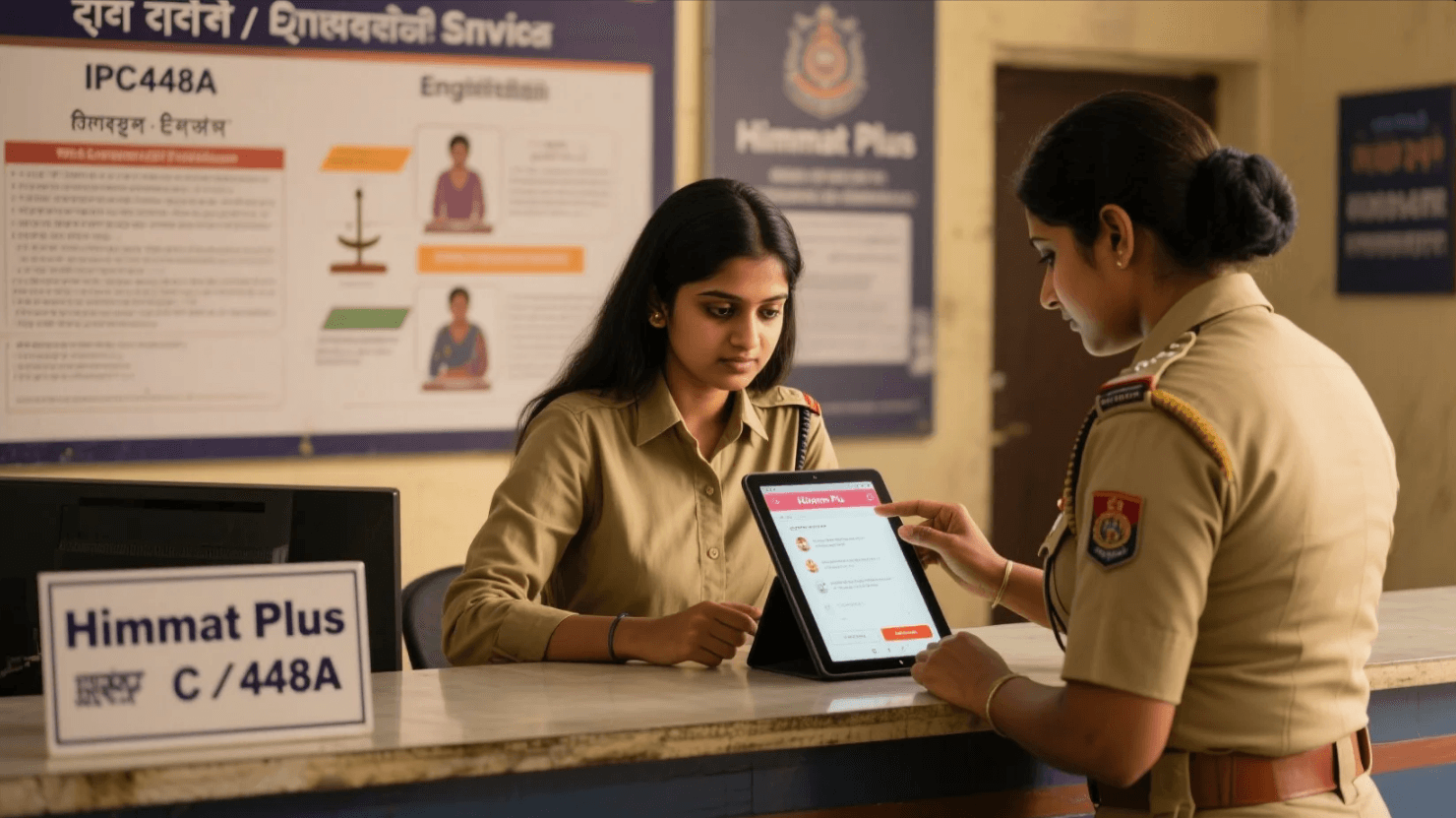How to File a Police Complaint for Domestic Violence in India (2024 Guide)
Domestic violence affects 1 in 3 Indian women (NFHS-5 Survey 2023), yet only 14% formally report it due to fear, stigma, or lack of awareness. This step-by-step guide explains how to file a police complaint, access legal protections, and ensure safety—based on the Protection of Women from Domestic Violence Act (PWDVA), 2005, survivor experiences, and police procedures.
What Qualifies as Domestic Violence in India?
Under Section 3 of PWDVA, domestic violence includes:
✔ Physical abuse (hitting, slapping, denying medical care).
✔ Emotional/verbal abuse (threats, insults, humiliation).
✔ Economic abuse (withholding money, forcing debt).
✔ Sexual violence (marital rape, forced pornography).
✔ Harassment for dowry (demands for cash/gifts after marriage).
Note: The law protects wives, live-in partners, mothers, sisters, and daughters.
Step 1: Ensure Immediate Safety
If in Danger:
- Call Women’s Helpline (181) or Police (100).
- Seek shelter at a One Stop Centre (OSC) or NGO safehouse.
Prepare an Emergency Kit:
- Copies of Aadhaar, marriage certificate, bank details.
- Spare clothes, medicines, cash (hide or give to a trusted friend).
Delhi survivor Priya M. advises: "I kept a secret phone to record abuse—it became key evidence."
Step 2: Document Evidence
What to Collect:
- Medical reports (visit a govt hospital; injuries are documented free under Section 164 CrPC).
- Photos/videos of injuries, damaged property.
- WhatsApp/SMS threats (screenshot with timestamps).
- Witness statements (neighbors, relatives).
Legal Note: Courts accept digital evidence since the IT Act Amendment (2023).
Step 3: File a Police Complaint
Where to Go:
- Local police station (ask for the Women’s Cell or SHO).
- Online FIR (via state police portals like Delhi Police’s Himmat Plus App).
How to File:
- Narrate the incident clearly (dates, type of abuse).
- Demand an FIR under:Section 498A IPC (cruelty by husband/relatives).PWDVA for protection orders.
- Get a signed FIR copy (free; required for legal aid).
If Police Refuse:
- Contact the State Women’s Commission or DLSA (District Legal Services Authority).
- Use Right to Information (RTI) to track complaint status.
Step 4: Legal Protections After Filing
1. Protection Orders (PWDVA Section 18)
- Prohibits the abuser from contacting you or entering your home.
2. Residence Orders (Section 19)
- Evicts the abuser from shared households.
3. Monetary Relief (Section 20)
- Court can order the abuser to pay rent, medical bills, child support.
4. Custody Orders (Section 21)
- Grants temporary child custody to the survivor.
Step 5: Free Legal & Financial Aid
1. Legal Resources:
- National Commission for Women (NCW) Helpline: 7827170170 (24/7).
- Free lawyers via DLSA (visit local court).
2. Financial Support:
- Nirbhaya Fund Schemes: Up to **₹1 lakh** for rehabilitation.
- Ujjwala NGO: Vocational training for economic independence.
Common Challenges & Solutions
❌ Police Hesitation: "It’s a family matter."
✅ Solution: Quote Section 166A IPC (cop’s duty to register FIRs; non-compliance risks jail).
❌ Pressure to Settle: "Adjust for your children’s sake."
✅ Solution: Seek counseling via ICPS (Integrated Child Protection Services).
❌ Lack of Money:
✅ Solution: Apply for maintenance under Section 125 CrPC.
Success Stories
Case 1: Mumbai Housewife Wins Protection Order
- Abuse: 8 years of beatings + dowry threats.
- Action: Filed FIR + PWDVA case with NGO help.
- Outcome: Got house rights + ₹15,000/month maintenance.
Case 2: Bengaluru Tech Worker Exposes Marital Rape
- Evidence: Secret audio recordings.
- Result: Husband convicted under Section 375 IPC.
Myths vs. Facts
❌ Myth: "Only poor/uneducated women face domestic violence."
✅ Fact: 52% of educated urban women report abuse (NFHS-5).
❌ Myth: "Filing a case ruins family reputation."
✅ Fact: Silence enables repeat abuse.
Key Takeaways
- You have a legal right to safety and justice.
- Evidence is critical—document everything.
- Free help exists—use helplines, OSCs, DLSA.
Survivor’s Advice: "Don’t wait for ‘one last chance’—report early." – Riya K., Chennai
Sources:
- National Family Health Survey-5 (2023)
- Protection of Women from Domestic Violence Act (2005)
- Delhi Police FIR Guidelines (2024)
- NCW Domestic Violence Case Studies
wendy
|
2025.04.30

